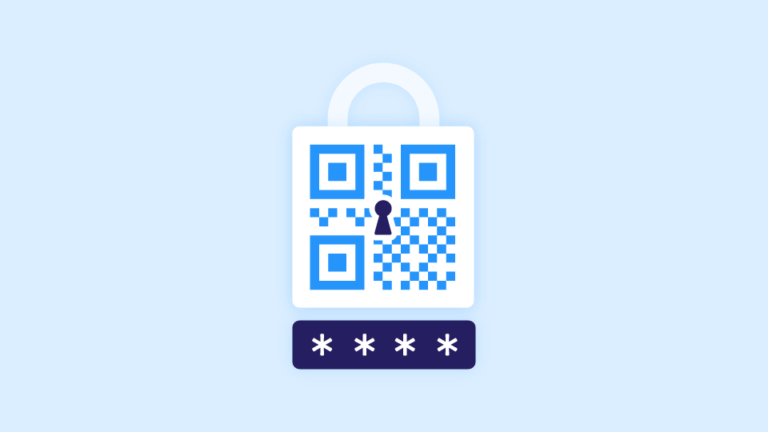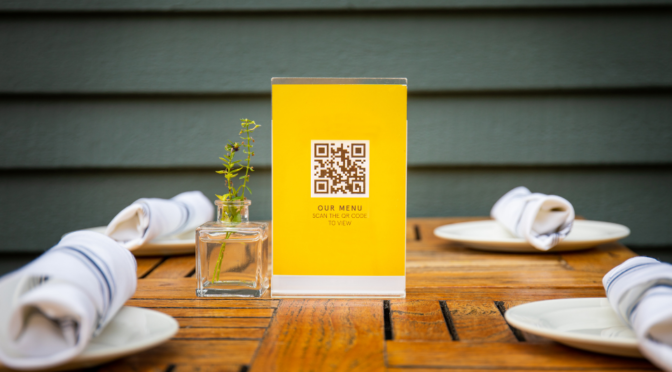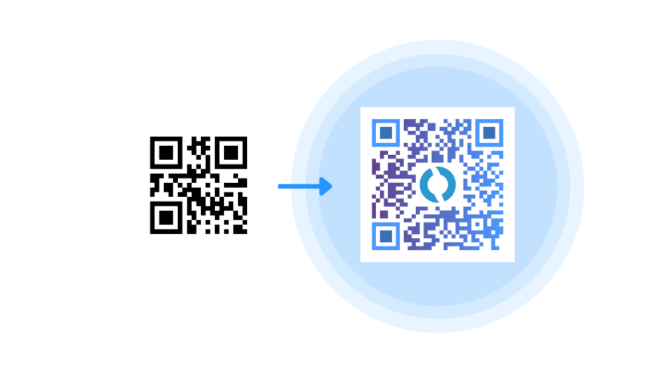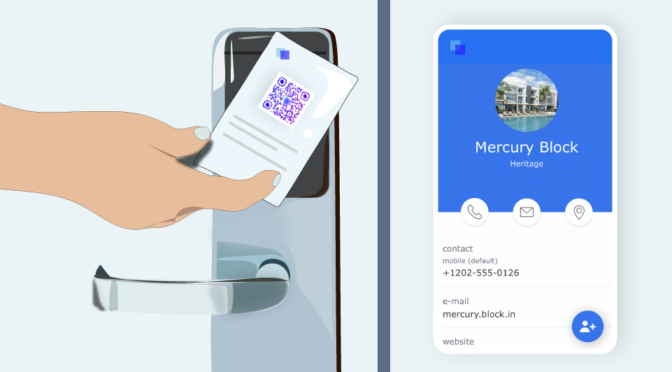When QR Code adoption accelerated in the States in 2020, many marketers reached for this Phygital marketing technology as a lifeline for their businesses. We all needed to quickly convert face-to-face interactions with customers into touch-free experiences that were seamless, memorable, and effective.
Eighteen months after the pandemic first rocked American retailers, restaurateurs, and businesses at large, we’re still using QR Codes to interact and transact with consumers in nearly every environment.
As consumers and marketers have had time to get familiar with thePhygital marketing landscape, everyone has a better understanding of how powerful this technology can be and what risks may be associated with this tech, if QR safety is not done right.
And it’s time to educate consumers to help ensure that they don’t fall prey to phishing scams or other potential data security breaches.
Here are four ways consumers can confirm that the QR Code they’re using is safe and secure:
1. The QR Code should be consistent with the brand’s identity
Custom QR Codes embed key elements of a brand’s identity in its design. Fakes often skip this step.
Brands can help confirm that a consumer can trust their QR Code by ensuring that the brand’s visual identity is consistent through a safe QR Code experience, from the design of the code itself to the landing page where customers arrive after scanning.
In turn, consumers should look for inconsistencies in a brand’s logo, colors, and font as an indicator that they may have come across an imposter code.
2. Confirm that the domain name matches the company’s URL
In the early days of this pandemic, many companies were quick to use random QR Code generators that delivered an effective touchpoint for their consumers but an inconsistent overall experience.
This trend left the door wide open for phishers and scammers, as the domain these QR Codes led to was not related to the company itself.
After scanning a QR Code of an enterprise brand, customers should inspect the domain in the URL to ensure that it belongs to the company of the webpage they expect to be directed to. For example, at a Marriott resort, you can reasonably expect that the domain you’ll be led to will include the hospitality group’s name.

As with visual cues, consistent landing page branding is one of the key indicators to customers that they are engaging with a safe QR Code.
3. Look for standard signifiers of website security on a safe QR Code landing page
- In the same way that a customer might look for a secure website in their laptop’s browser window, they should also be able to confirm the security of the site they are directed toward.
At the most basic level, this should include Secure Sockets Layer Service (SSL), which allows businesses to add “HTTPS” to their domain to indicate that their website is safe and secure.
At Uniqode, we became SOC 2 Type I & II compliant, providing a higher security standard for consumers and businesses that work with us to generate safe and secure QR Codes.
Similarly, achieving HIPAA compliance recently ensures that sensitive health information remains protected, making QR Code interactions safe for healthcare-related applications. ISO 27001:2022 certification further solidifies this commitment to security by providing robust safeguards against data breaches and reinforcing trust with clients across various industries.

Whatever level of security you have for your business’s main website should carry over to your QR experience.
To this end, it should be clear whether you comply with GDPR or CCPA – if there’s a popup on your website for either of these regulations, this level of security and disclosure should apply to your mobile web experience and QR landing pages as well. Adding HIPAA and ISO certifications to this mix ensures that your QR Codes and associated landing pages meet the highest standards of data protection, further enhancing trust and security.
RELATED: Complete QR Code Security Guide for 2021
4. Protected content should always be secured by a gate or passcode
This may sound obvious, but age-gated content must also be age-gated when accessed via safe QR Codes. Phygital marketing may be new, but it is not the Wild West.
RELATED: Create age-gated QR Codes for your business
Similarly, unless you have single sign-on (SSO) activated, your customer’s data and information should be password protected in the same way it would be if they were to access their account with your brand via a web browser or app.
Customers should look for these elements as signs of legitimacy and QR Code safety as they navigate the brand landscape.
Consistency is a key indicator for a safe QR Code experience
Today, marketing vendors have the ability to deliver experiences that meet the same high-security standards you set for your website via secure QR. Businesses can’t afford to lose a loyal customer skimping on digital tools that enable their customers’ corePhygital experiences with their brand.
To ensure your success, don’t forget that QR Codes are still fairly new to many consumers. This group still needs to be educated about the risks and benefits associated with thisPhygital marketing technology. Taking the time to show them how to confirm that the QR Code they’re interacting with is legitimately associated with your brand is worth your time.
To find out how MobStac’s safe QR Code generator can help you meet customer expectations and bolster your own QR security measures, contact our team to schedule a free demo.
Enabling digital connections with every physical object and place on the planet











